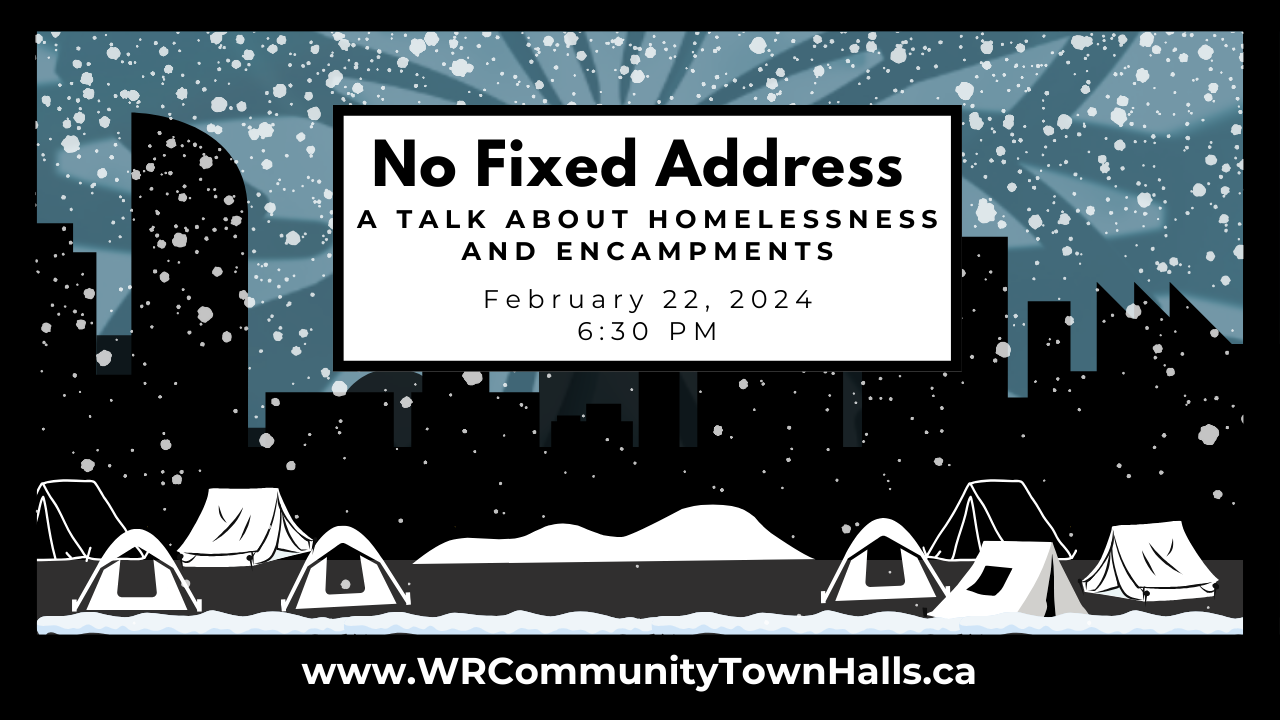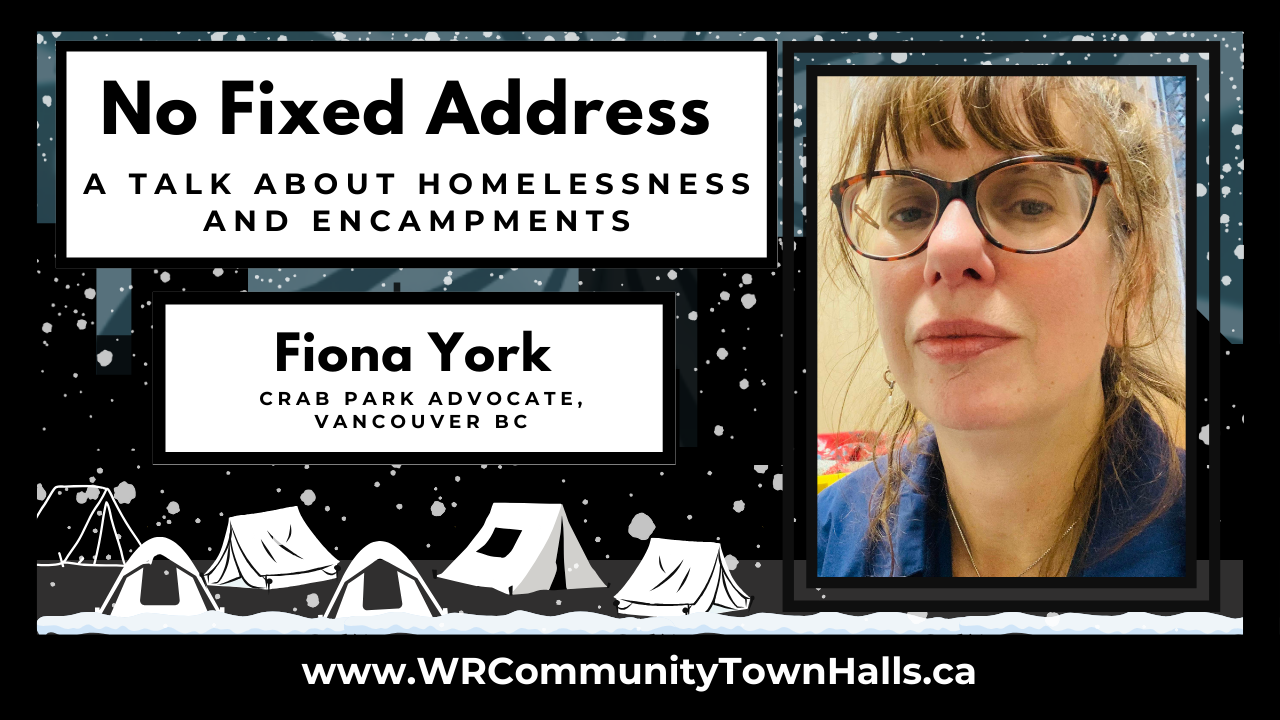Fiona York
CRAB Park Advocate (Vancouver, BC)
|
Fiona has worked in community services and non-profit organizations for over twenty years, and for the past 13 years in the Downtown Eastside. She is the former coordinator of the Carnegie Community Action Project, which focussed on development, gentrification and housing in the DTES, and authored the 2019 and 2020 Hotel Reports about SROs, rents and gentrification.
|
For the past five years, she has provided frontline support and advocacy for tent cities in so-called Vancouver and currently volunteers full time for the encampment at CRAB Park. She is employed as a support worker and is a board member of The Dugout, a drop-in centre in the DTES.
|
|
More from this conversation: |
- Housing Adequacy and Suitability The need for housing solutions that go beyond quantity to address the specific needs and situations of those transitioning from homelessness.
- Community and Self-Governance in Encampments The ability of encampment residents to form effective, self-governing communities that provide support and services, often surpassing what is available in formal shelters.
- Human Rights and Encampments Advocacy for recognizing encampments as legitimate residences until adequate housing is provided, ensuring access to essential services and facilities.
With the ever escalating housing crisis, a growing number of people are confronting the harsh realities of homelessness on a daily basis. Despite concerted efforts, community services and shelter spaces are struggling to keep pace with the surging demand, leaving many without access to even these temporary solutions due to their limited capacity.
Faced with this stark reality, individuals are compelled to forge their own paths to survival, resulting in an increasing presence of makeshift shelters and tents, as residents seek safety and refuge from the often unforgiving elements.
|
As we grapple with the pressing need for both short-term and long-term solutions to address the root causes of homelessness, the current plight of those living outdoors remains in a state of uncertainty. What do we know about the complexities concerning the root causes and approaches to homelessness and encampments? What responses and measures can we enact to deal with the basic needs, care, and well-being of these people? What other approaches to this issue, and what steps are other municipalities taking to assist those dealing with homelessness and living in encampments?
|
|
Beyond “Just” Shelter
Fiona York has been involved with encampments for around six years, witnessing patterns and changes in court cases, legislation, and municipal approaches. Working mainly as a volunteer, she has observed the cycles of individuals in encampments and the challenges they face when transitioning to housing. York emphasizes the importance of not only securing more housing but ensuring its adequacy and suitability for those transitioning from encampments.
She discusses her experience with CRAB Park, now almost three years old and recognized as the longest-running encampment in the country. This encampment gained legal designation following significant court decisions like the Valenti and Bamberger decisions, which established the procedural fairness of encampment residents and their right to live outside.
York highlights the community aspect of encampments, particularly at CRAB Park. Despite having no paid staff, the encampment, averaging 60-100 residents, functions effectively with volunteer support. It has a kitchen program, overdose prevention program, and holds regular meetings. Residents actively participate in consultations, policy discussions, and engage in community-building activities.
A key aspect of her discussion revolves around the human rights case for encampments, advocating for the provision of basic amenities and services to make them habitable and sanitary. She stresses that until adequate housing is available, encampments should be recognized as a legitimate form of residence with necessary facilities.
York shares anecdotes to illustrate the resilience and community spirit within encampments. These include the difficulties faced by residents when they lose their tents and the solidarity shown during a memorial for a deceased resident. These stories underscore the importance of stability and community for people living in encampments.



